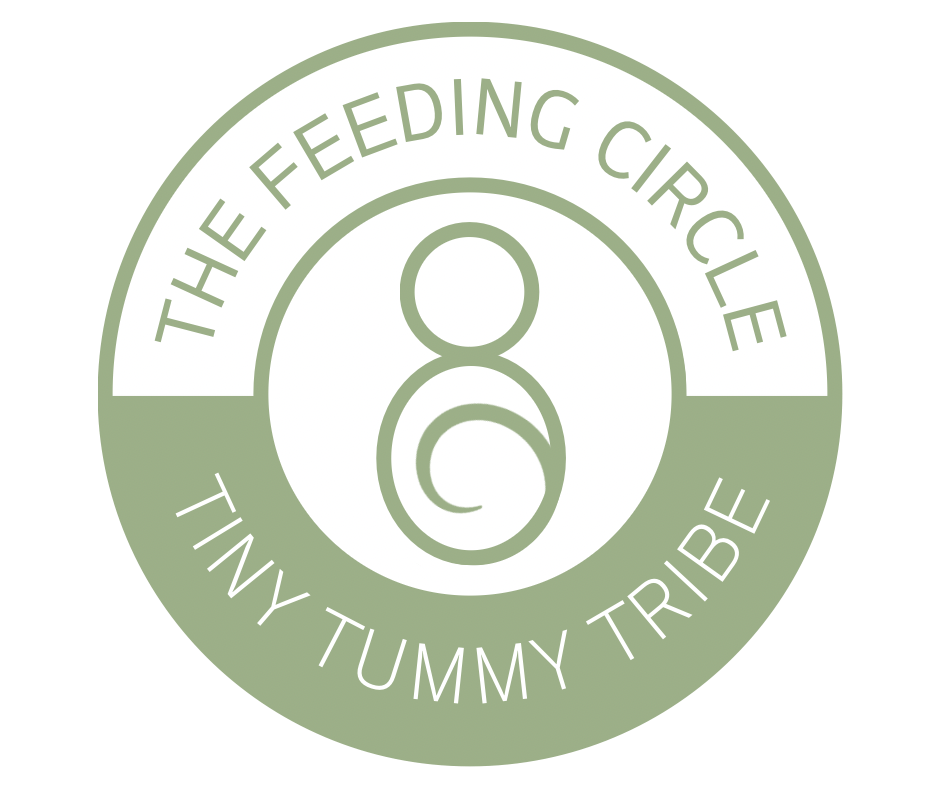Tiny Tummy Tribe Blog

Soapy, Metallic or Rancid Flavor in Breast Milk: What It Is and What to Do About It You’ve thawed 4 ounces of pumped breast milk. You’re feeling good about having a stash ready for back to work — but then your baby refuses it. AHHHH now what? Yesterday, they took a bottle of freshly pumped milk with no problem, so it’s not the bottle. Then you notice the milk smells… different. Soapy or metallic. You try another bag from your freezer, but it’s the same story. What’s going on? You may be dealing with high lipase or oxidation.

At The Feeding Circle, we believe feeding your baby should be rooted in comfort, connection, and confidence. But what happens when feeding feels harder than expected, even when you're "doing everything right"? One often-overlooked cause of feeding struggles is tethered oral tissues—also known as TOTs.

I had a call recently from an exclusive pumping parent in full-on panic mode. “I have low supply!” she exclaimed. Her baby? Eight days old, already back to birthweight, and she was pumping two ounces every two hours. Spoiler alert: her supply is amazing! And yesterday, I visited with a mom whose baby is a content, thriving little cutie at 4 months old. She feeds him every three hours, including overnights. But she is concerned he’s not where he should be and asked if she should stretch those feedings out because, “That’s what I heard I should do.” Where’d she hear it? TikTok? Instagram? A well-meaning aunt? Who knows!

We recommend introducing a bottle between 2 and 4 weeks old and to offer a bottle daily or at least every other day once you begin - if you plan to use bottles at all at any point in your feeding journey. The reason we encourage to introduce bottles and continue offering bottles early is because feeding at the breast and feeding with a bottle is different and its a skill babies need to learn how to do if bottle feeding, even occasionally, is in your feeding plan. It's crucial to choose the right shaped bottle nipple to support your baby's oral development and maintain good breast/chest feeding skills. Here’s a guide on some of the best bottle nipple shapes to consider, along with what to avoid. Each bottle you see below features a sloped shape silicone nipple that is designed to promote a WIDE latch. We recommend the 5 oz bottle size, rarely if ever do breastfed babies need an 8oz bottle. The flow rate is another important aspect of bottle feeding. We recommend choosing the slowest flow rate in all nipples. Below are some bottles and nipples we recommend in our practice.



